Market Share
Copper Alloy Foils Industry Share Analysis
Market Research Future (MRFR) analysis reveals insightful trends in the global bronze market, considering segmentation based on type, process, end use, and region. This comprehensive segmentation provides a nuanced understanding of the market dynamics. Focusing on the type-based segmentation, the global market encompasses aluminum bronze, phosphor bronze, silicon bronze, manganese bronze, leaded bronze, and other types.
In 2018, the aluminum bronze segment emerged as a dominant force, securing the largest market share at 40.38%. This segment's prominence is attributed to its widespread adoption in the aerospace industry, leveraging its unique properties to enhance performance and durability. Valued at USD 3,495.5 million in 2018, the aluminum bronze segment is anticipated to register a Compound Annual Growth Rate (CAGR) of 2.88%, reaching an estimated value of USD 4,177.6 million by the close of 2025.
In addition to its economic value, the aluminum bronze segment exhibits robust growth in terms of volume. The segment accounted for 526,968.7 kilotons in 2018 and is poised to exhibit a CAGR of 2.48%, reaching a projected volume of 621,078.3 kilotons by the end of 2025. This substantial growth reflects the continued demand for aluminum bronze across various industries, underlining its versatility and applicability in diverse settings.
The aerospace industry stands out as a primary contributor to the ascendancy of aluminum bronze in the market. With its exceptional properties, including high strength, corrosion resistance, and durability, aluminum bronze is a preferred choice for manufacturing components in aerospace applications. As the aerospace sector continues to witness technological advancements and increasing demand, the adoption of aluminum bronze is expected to further accelerate, contributing significantly to the market's growth.
Moreover, the growth trajectory of the aluminum bronze segment aligns with broader market trends, highlighting the material's relevance across multiple industries. Its corrosion-resistant properties make it invaluable in marine applications, while its high strength and durability render it suitable for manufacturing heavy-duty machinery components. The automotive and construction sectors also benefit from the diverse attributes of aluminum bronze, driving sustained demand.
While the aerospace industry remains a key influencer, the versatility of aluminum bronze ensures its presence in a myriad of applications. From marine engineering to machinery manufacturing, its usage spans across sectors, fostering its position as a crucial material in the global bronze market. As industries continue to seek materials that combine strength, resilience, and corrosion resistance, the aluminum bronze segment is poised to maintain its dominance in the coming years.
In conclusion, MRFR's insightful analysis of the global bronze market underscores the pivotal role played by the aluminum bronze segment. With its robust market share, steady growth projections, and widespread adoption in critical industries like aerospace, aluminum bronze stands as a cornerstone in the evolving landscape of bronze applications. As global industries continue to advance and diversify, the aluminum bronze segment is well-positioned to be a key player, driving innovation and shaping the trajectory of the global bronze market.

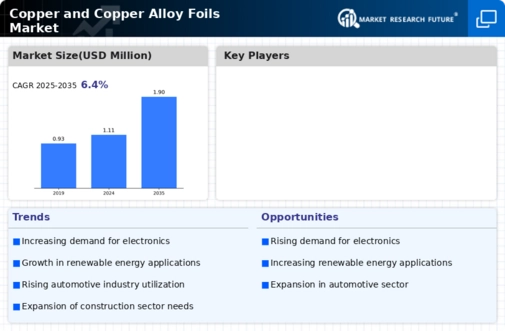
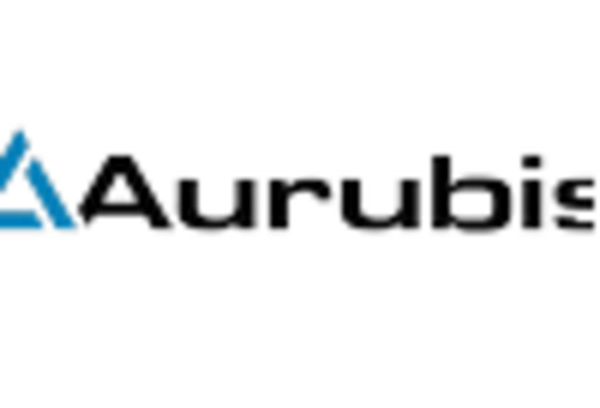
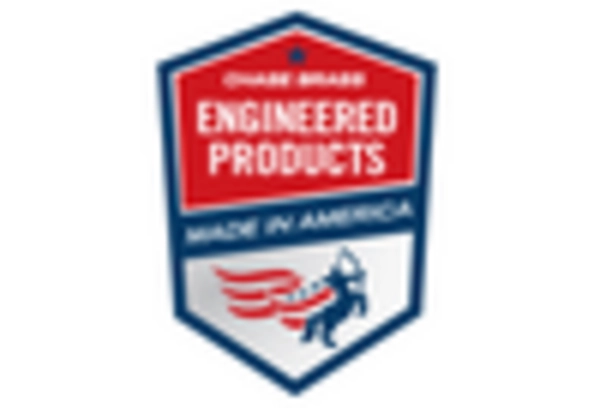
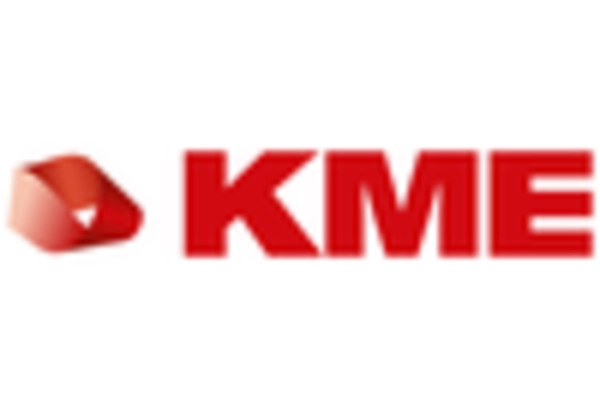
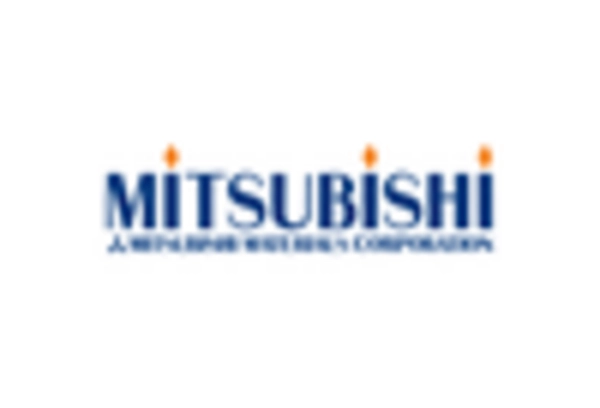











Leave a Comment